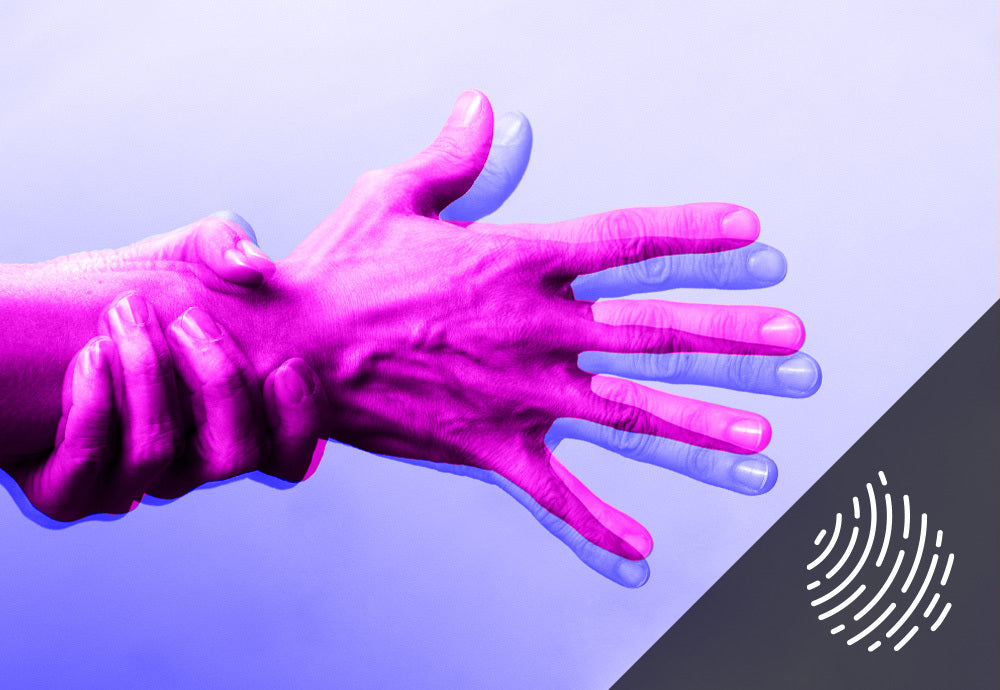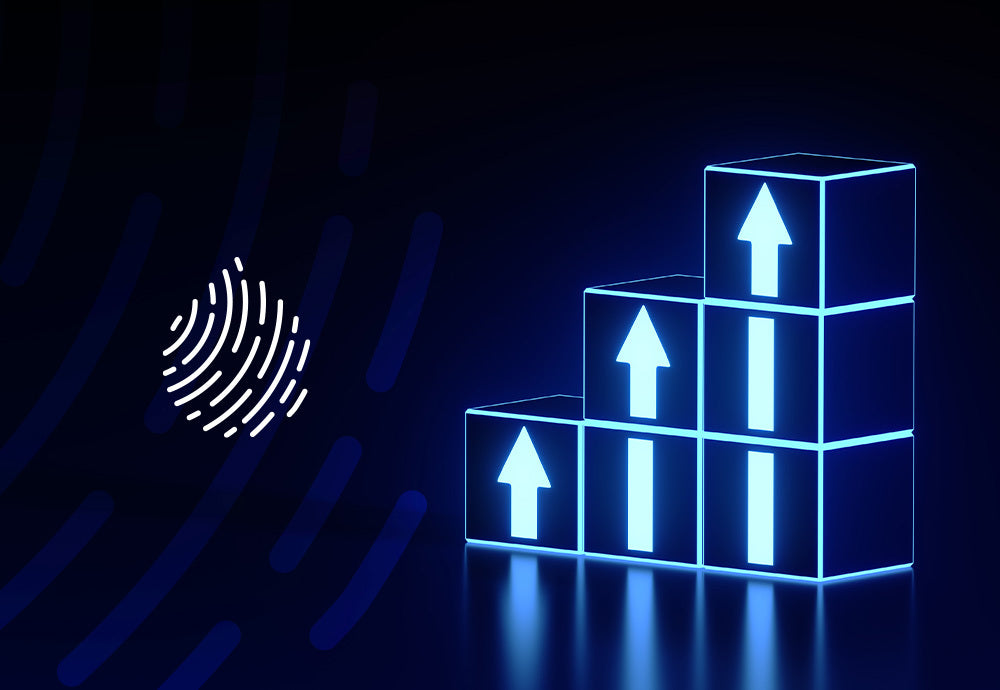Your Cart is Empty
FREE SHIPPING ON ORDERS $70+ | SATISFACTION GUARANTEED
So, you tried CBD and you’re not impressed.
Maybe you felt a bit better, but didn’t quite get the results you wanted. Maybe you didn’t feel anything at all.
Don’t worry. There are many possible reasons why your CBD experience wasn’t a home run. And, there are several things you can try to increase the odds you’ll see results.
Let’s troubleshoot so you can experience the CBD benefits everyone is raving about!
The endocannabi-what?
Yeah, the endocannabinoid system is a mouthful, so we’ll call it the ECS for short. It’s the body system you probably didn’t learn about in health class.
How CBD feels to you is governed by your ECS.
The ECS runs through your whole body. Exactly how it works is still a bit mysterious. But, experts believe it plays an important role in helping your body maintain homeostasis (optimal functioning).
We also know that CBD interacts with cannabinoid receptors that are part of the ECS. This interaction can trigger the equally-as-mysterious “entourage effect,” and the many sought-after benefits of CBD like pain relief, stress relief, and more.
Since the ECS mingles with other body systems, it also engages with them. So, factors like metabolism and the state of your immune and nervous systems — just to name a few — can influence how fast CBD works for you and how long it stays in your system.
That’s why it’s just as “normal” to feel CBD come on strong as it is to not feel anything at all. Your body is unique.
But! That doesn’t mean it’s hopeless if you haven’t observed a change after taking CBD oil.
Firstly, make sure you’re supporting your overall wellness with a balanced diet, exercise, and a healthy sleep routine. When your body is supported, your ECS will be supported, too.
Then, consider the following steps to improve your CBD results.
While some folks respond almost instantly to CBD, not everyone can expect results after one dose or sporadic use.
Remember that CBD is a natural, plant-based substance. Popeye might grow big and strong after one helping of spinach, but the rest of us have to eat our veggies consistently to notice results.
The same principle applies to vitamins, supplements, exercise, and CBD.
Commit to at least one month of using the same CBD product or products consistently, and according to the usage guidelines.
If you don’t observe any difference, confirm that you’re taking the maximum recommended amount. If you are, it may be time to try a new CBD product or add another one to the mix.
Have you ever noticed words like broad-spectrum or isolate on CBD labels?
This isn’t just fancy marketing lingo. It’s the type of CBD, which gives important clues to how it was made and what its effects might be.
It also indicates the presence or absence of terpenes, flavonoids, and THC (tetrahydrocannabinol). These are plant compounds that hang out in cannabis, right along with CBD.
Terpenes and flavonoids are responsible for the “entourage effect.” This effect is a theory that the presence of these compounds work synergistically with THC (even a tiny amount), which might amplify the effects.
Broad-spectrum CBD is a popular choice because of ease of access, federally-legal status, and potential benefits — minus the high.
Pro Tip: Not happy with your CBD results? You might consider a different type of CBD than those you’ve tried in the past.
And if that still doesn’t work, don’t worry! There’s more you can do.
Depending on the results you want, certain CBD products may be better than others. You may need multiple products to see results.
For example, if you’re using CBD for stress relief and better sleep, a CBD oil for sleep might be better than regular CBD oil. Meanwhile, if you’re taking CBD orally for an aching back, supplementing with a CBD topical could be the winning combination.
When taken sublingually (under the tongue), CBD tinctures are likely the fastest-acting option. Water-soluble CBD will generally have the speediest results, which can be great if you’re looking for CBD relief ASAP.
For longer-lasting CBD vibes, you might supplement your initial dose with another form of CBD throughout the day.
Finding CBD products you’ll actually use is also important. Ultimately, dialing in your CBD products and schedule is the key to finding your “sweet spot.”

Regardless of the type of CBD or delivery method, you won’t notice results if your body doesn’t process it.
That’s why bioavailability matters.
Bioavailability is a term often used in pharmacology that refers to your body’s ability to absorb a substance. The more bioavailable a substance is, the better your body can respond to it.
Particle size can influence the bioavailability of CBD.
The slightly-nerdy explanation: Cells have membranes, and teensy-weensy particles can pass through the membrane and be absorbed easier than large particles.
Pure Craft CBD worked with MIT to leverage nanotechnology (aka tiny particle technology) to make the most bioavailable CBD on the market.
The result? Fast-acting and effective CBD products.
Whether or not you should take your CBD with food is a bit of a debate among CBD users. When it comes down to it, CBD is a fat-soluble substance, and research points to ingesting it with lipids (fats) being the best way to consume it.
Something else to chew on. When it comes to nutrition and supplements, the prevailing school of thought is that consuming things with a snack or meal tends to yield the best results. The reason comes back to bioavailability. Our bodies are happy to absorb things they recognize — like food!
For example, eating turmeric in food has been found to improve the bioavailability of the compound curcumin, versus taking oral supplements.
Likewise, one study found that taking CBD with food may improve the absorption rate.
Here are some easy ways to add CBD to snacks and mealtimes.
You can always get creative with CBD-infused recipes in your kitchen, too!
Hopefully now you have some ideas for fine-tuning your CBD regimen.
Remember that consistency is the secret to CBD success. Dedicate four weeks to getting serious about a CBD routine. In addition to that:
And, make sure you’re using bioavailable nano CBD products so you aren’t wasting your time or money.

The cannabis compound CBD has been popping up in Parkinson’s disease (PD) therapy and prevention conversations, propelled by success stories from p...
Read More
CBD is one of the most popular supplements on the market today. But you're a savvy consumer. You know just because something is popular doesn’t mea...
Read More
You know delta-8 as "weed-lite" or the "chillest of the cannabinoids." But what about all the potential health benefits of this unique compound? Wh...
Read More